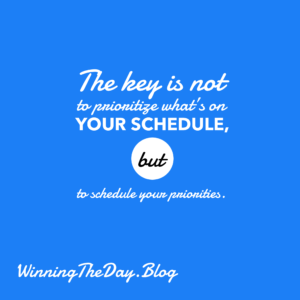The top 1% understand that work always expands to fill the amount of time you make available to complete it.
In 1955, Northcote Parkinson came up with the theory that the demand for an economic good expands to match its supply. In economics, this is called “induced demands.” It’s why, for example, expanding roads rarely reduces traffic congestion because more drivers show up to fill those extra lanes.
The same is true for work, hobbies, and school.
Work always expands to fill the amount of time you make available to complete it. For example, if there are six months available to complete a project, you’ll spend six months working on it. Give yourself only one month, however, and you’ll get the same amount of work done in one-sixth of the time.







